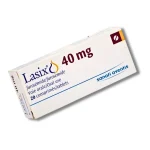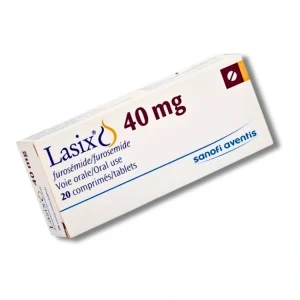What is Lasix (Furosemide)?
Lasix is the brand name for furosemide, a prescription medication belonging to a class of drugs known as loop diuretics. Often referred to as a “water pill,” its primary function is to help the body eliminate excess salt and fluid through increased urine production.
Furosemide works in a specific part of the kidney called the loop of Henle, where it blocks the reabsorption of sodium and chloride. This action draws water into the urine, effectively reducing fluid volume in the bloodstream and tissues. For a broader understanding of how these medications work, see our guide to water pills (diuretics).
As a branded medication, it is important to know that generic furosemide is widely available and equally effective. These generics contain the same active ingredient and are a cost-effective option. For more on this, you can refer to our explanation of generic medicines.


My doc put me on that for a bit. Had me going to the john a bit more often than usual for the first few days, not gonna lie. But the puffiness in my ankles? Pretty much gone. So, can’t really argue with the results, it did what it was supposed to.
Thanks for sharing this, Daniel. That early adjustment you mentioned is something many people recognize right away, and it’s interesting to read how quickly you noticed the change in your ankles. Your comment really shows how results can speak for themselves.
Those who wrote this article thank you very much, it helps me.
Thank you for the kind words, Zac. We’re glad the article was useful to you and appreciate you taking the time to say so.